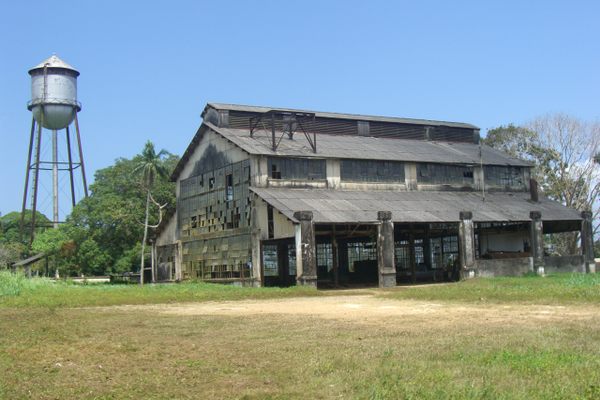Located in Eastern Georgia, Uplistsikhe (literally “Lord’s Fortress“) is an abandoned rock-hewn town, which once have played an important role in Georgian history. The place was founded in the late Bronze Age, around 1000 BC, and continued to be inhabited until 13th century AD. Between the 6th century BC and the 11st century AD, Uplistsikhe was one of the most important political and religious centers of pre-Christian Kartli – one of the predecessors of the Georgian state.
Archaeologists have unearthed numerous temples and findings relating to a sun goddess, worshipped prior to the arrival of Christianity. When Christianity arrived in Georgia, the city lost importance in favor of the new centers of Christian culture, most notably Mtskheta and Tbilisi. Nevertheless, life continued in Uplistsikhe, Christian structures have been built, and for a short time, Christianity and the old faith coexisted in the city.
After the Arab conquest of the royal city of Tbilisi, the town’s second heyday began, when Uplistsikhe became the residence of the kings of Kartli, during which the town grew to a size of around 20,000 people, evolving into an important caravan trading post. When Tbilisi was recaptured in 1122, Uplistsikhe faced an immediate and rapid decline, culminated by the destruction of large parts of the city during the Mongol conquest in the 13th century, and the subsequent abandonment of the rest of the town.
The cave town can be divided into a lower, a central and an upper area, covering an area of almost 40,000 square meters. The central area, which contains most of the rock-cut structures, is connected to the lower area by narrow tunnel. Most of the rock-cut structures are without any decorative elements, aside from some of the larger structures, which contain some stone carvings.
At the top of the complex is a Christian stone basilica, dating from the 10th century. The rock-cut structures include a large hall, called Tamaris Darbazi, pagan places of sacrifice, dwellings, as well as functional buildings, like a pharmacy, a bakery, a prison, and even an amphitheater. The rock-cut structures are connected by tunnels, while other tunnels had the purpose of an emergency escape route.
Uplistsikhe is remarkable for the unique combination of styles from rock-cut cultures of the region, most notably from Cappadocia (in modern Turkey) and Northern Iran. Most of the unearthed artifacts can be seen at the National Museum in Tbilisi.
Know Before You Go
You can take a train or marshrutka from Tbilisi to Gori and then get cab to take you to the cave, wait for you and bring you back to town. But negotiate rate in advance.
The Atlas Obscura Podcast is Back!



































Follow us on Twitter to get the latest on the world's hidden wonders.
Like us on Facebook to get the latest on the world's hidden wonders.
Follow us on Twitter Like us on Facebook